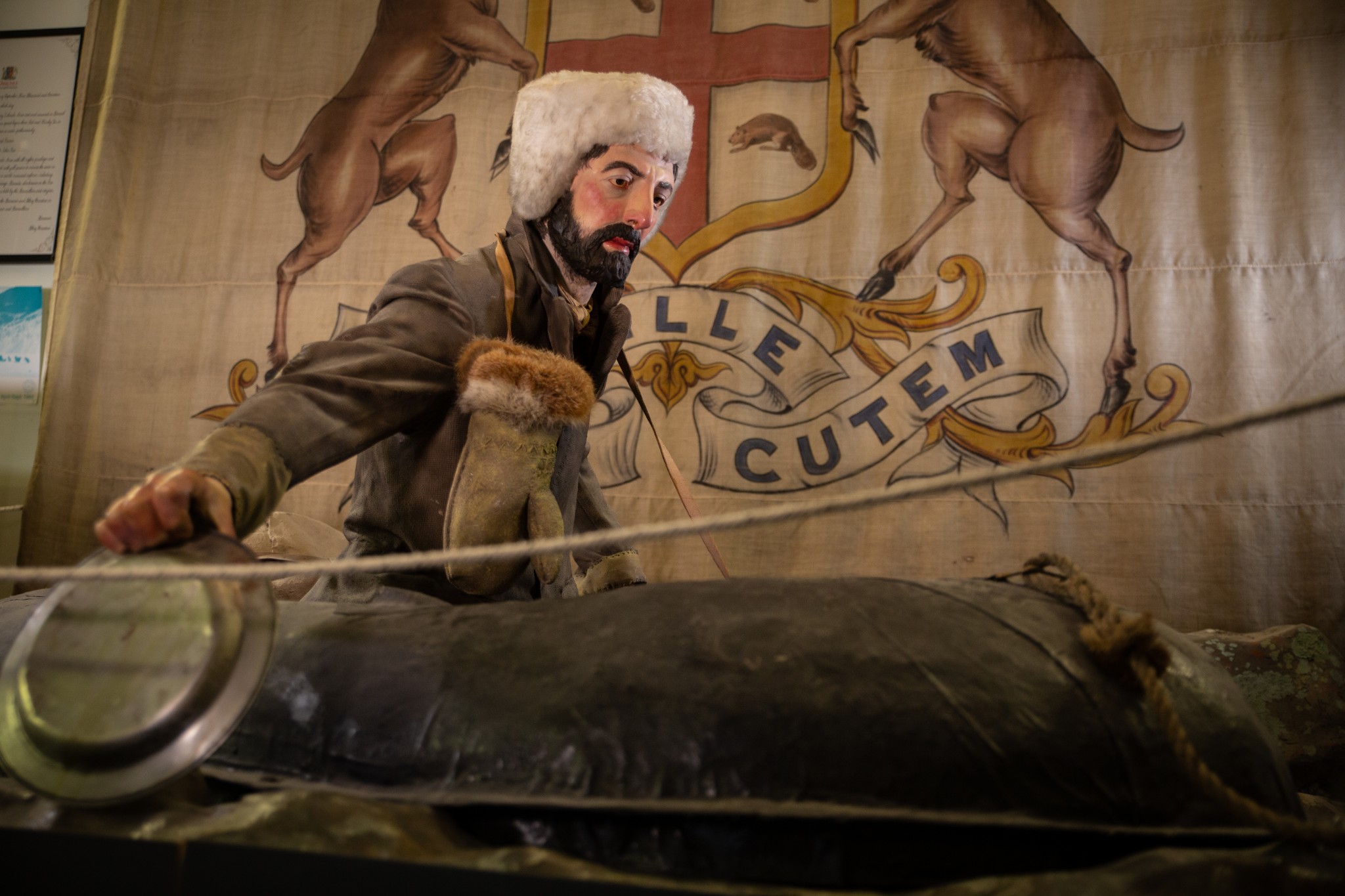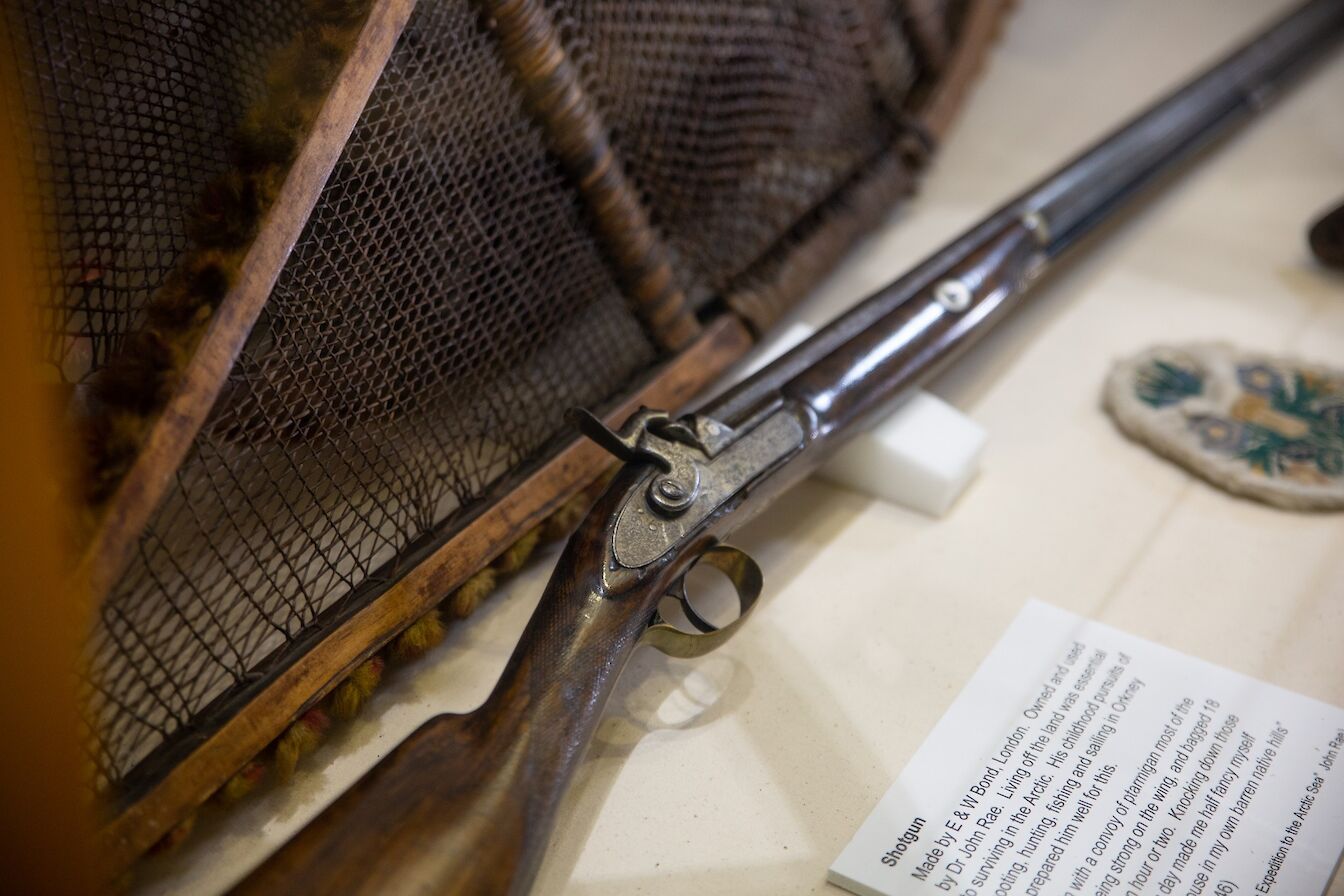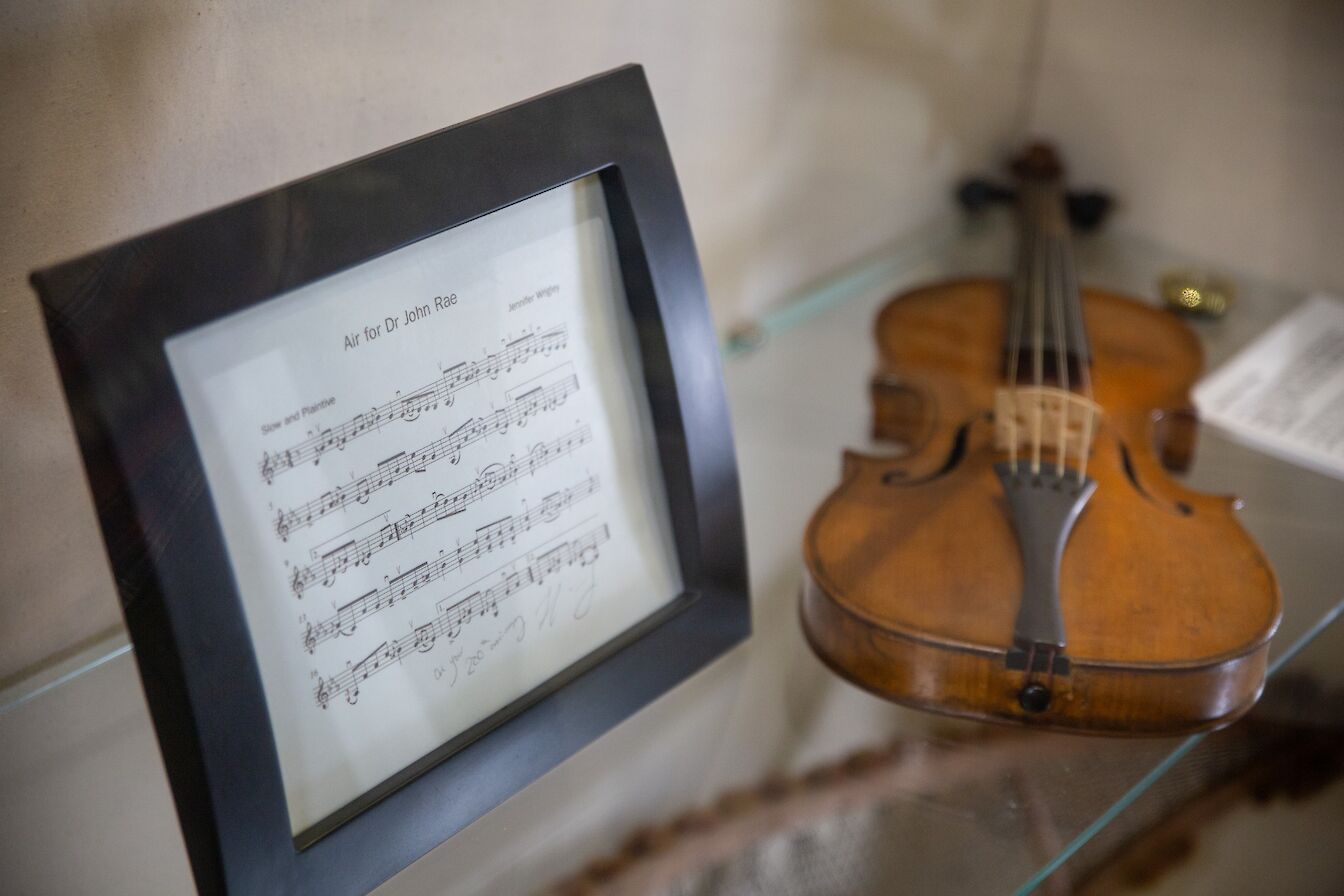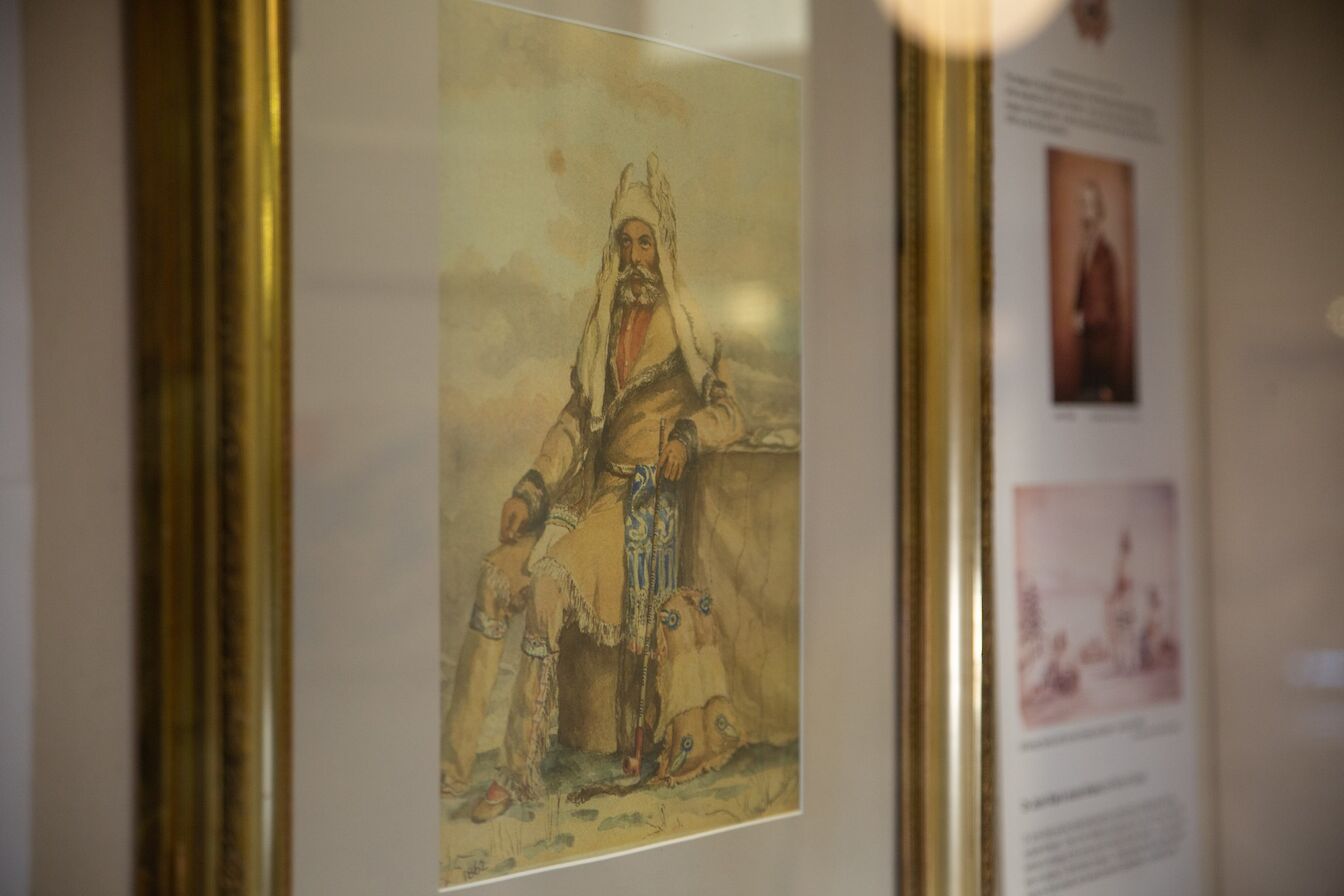The bronze figure of Dr John Rae gazes out over the harbour in Stromness where he set sail in 1833 onboard the 'Prince of Wales' bound for Canada, a journey that would shape his future as an Arctic explorer.
Beyond the harbour, he looks across to the Hall of Clestrain in Orphir where he was born in 1813 and enjoyed an adventurous outdoor life in his early years.
After qualifying as a surgeon in Edinburgh in 1832 at only 19 years of age, Dr John Rae returned to Orkney and a short time later signed on as a Hudson's Bay Company ship's surgeon. Rae was following in the footsteps of many Orcadians before him who were recruited by HBC and made the voyage across the Atlantic to work or settle in Canada. At the time, his father worked as the Orkney agent for the Hudson’s Bay Company.
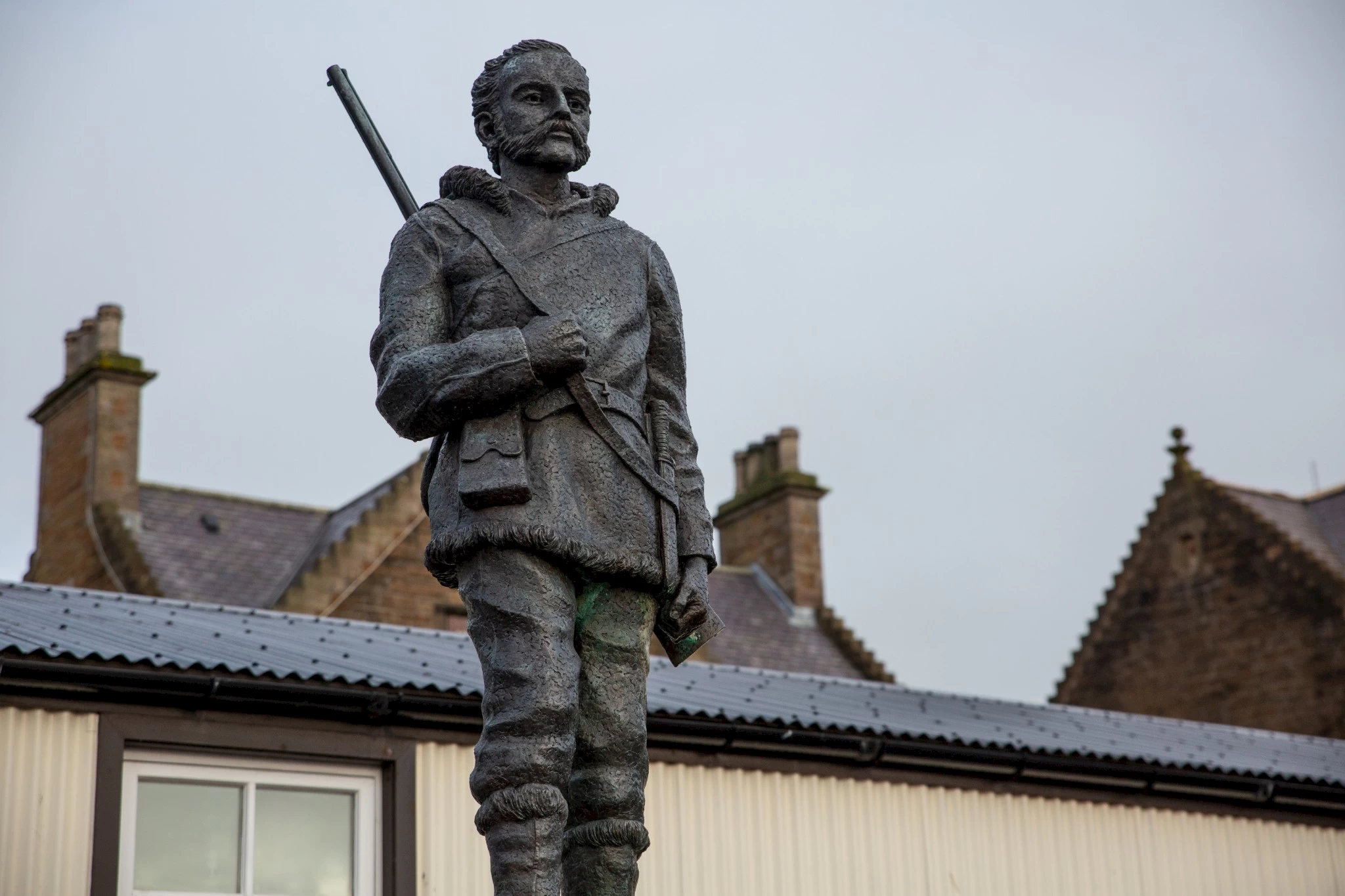
In 1833 he left Stromness, headed for Moose Factory, a HBC settlement in the southern end of Hudson Bay. He subsequently spent ten years there working as a surgeon. During his time in Canada, he studied with First Nations, Inuit and Métis, learning many Arctic survival skills from them, while retaining a respect for their cultures and traditions. His close relationship with Indigenous peoples was considered unconventional and even disapproved of at the time.
His skills and fitness saw him selected by the HBC’s Governor in Chief as the best candidate to survey largely unmapped areas of Canada's northern coastline. To study surveying methods, Rae undertook a six week journey on foot and by canoe to reach a tutor. However, the tutor was seriously ill and died within a few weeks of his arrival. In order to find another tutor, he embarked on a 1200 mile journey by snowshoe - all of this was before he had even begun his first official expedition!
Rae went on to chart vast areas of unknown Canadian territories and his expertise was called upon in the search for the missing Franklin expedition. The British voyage of exploration set sail in 1845 and went missing while looking for the Northwest Passage, a navigable sea route that connects the Atlantic and Pacific Oceans. Rae was appointed as second in command in one of the search parties in 1848. He continued in his quest to uncover the fate of the expedition until 1854 when he made two important discoveries.
Firstly, he found the last link in the only navigable Northwest Passage that existed at the time, later named Rae Strait. That year he would also learn the outcome of the Franklin expedition. Some Inuit families told him about their discovery of a party of white men who had died of starvation on King William Island several years before. Rae determined the entire crew had died by the winter of 1850 and that some had resorted to cannibalism in an attempt to stay alive. He reported this back to Britain but his suggestion that men from the Royal Navy would take part in such a heinous act infuriated the establishment and many of his achievements were discredited.
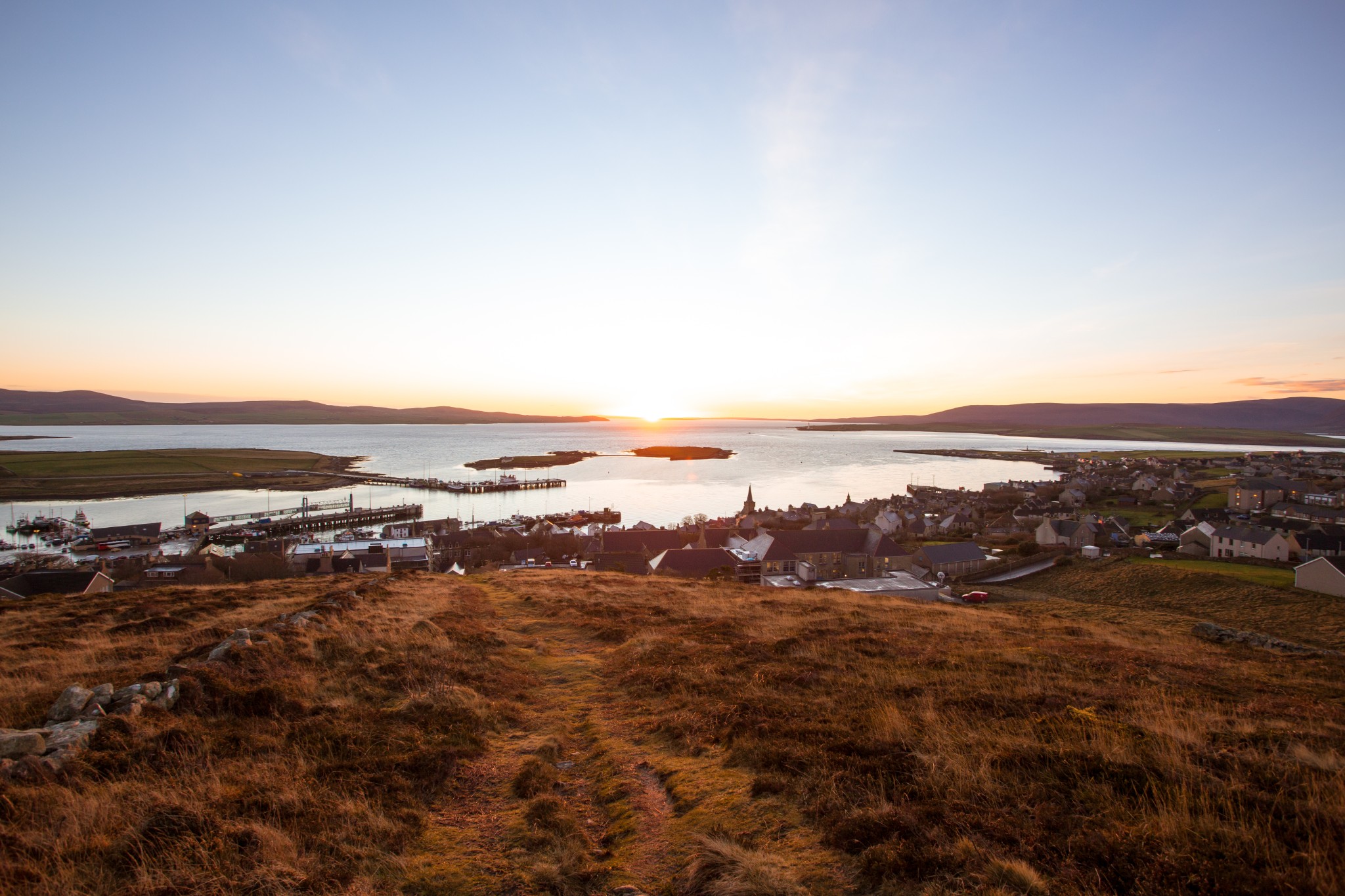
However, that was not the end of the story for the Orcadian explorer. He went on to further survey the Arctic and aided in the planning of telegraph routes between both Britain and Canada, and America and Russia. He died in London in 1893 and was buried in the grounds of St Magnus Cathedral in Orkney, which also houses an ornate memorial to the pioneer.
Rae led a remarkable life, but his gruesome account of the fate of the Franklin expedition and his closeness to the Indigenous peoples of Canada was deemed too controversial at the time. Although he is considered by many to be one of the greatest ever Arctic explorers, he was pretty much written out of history and died in relative obscurity.
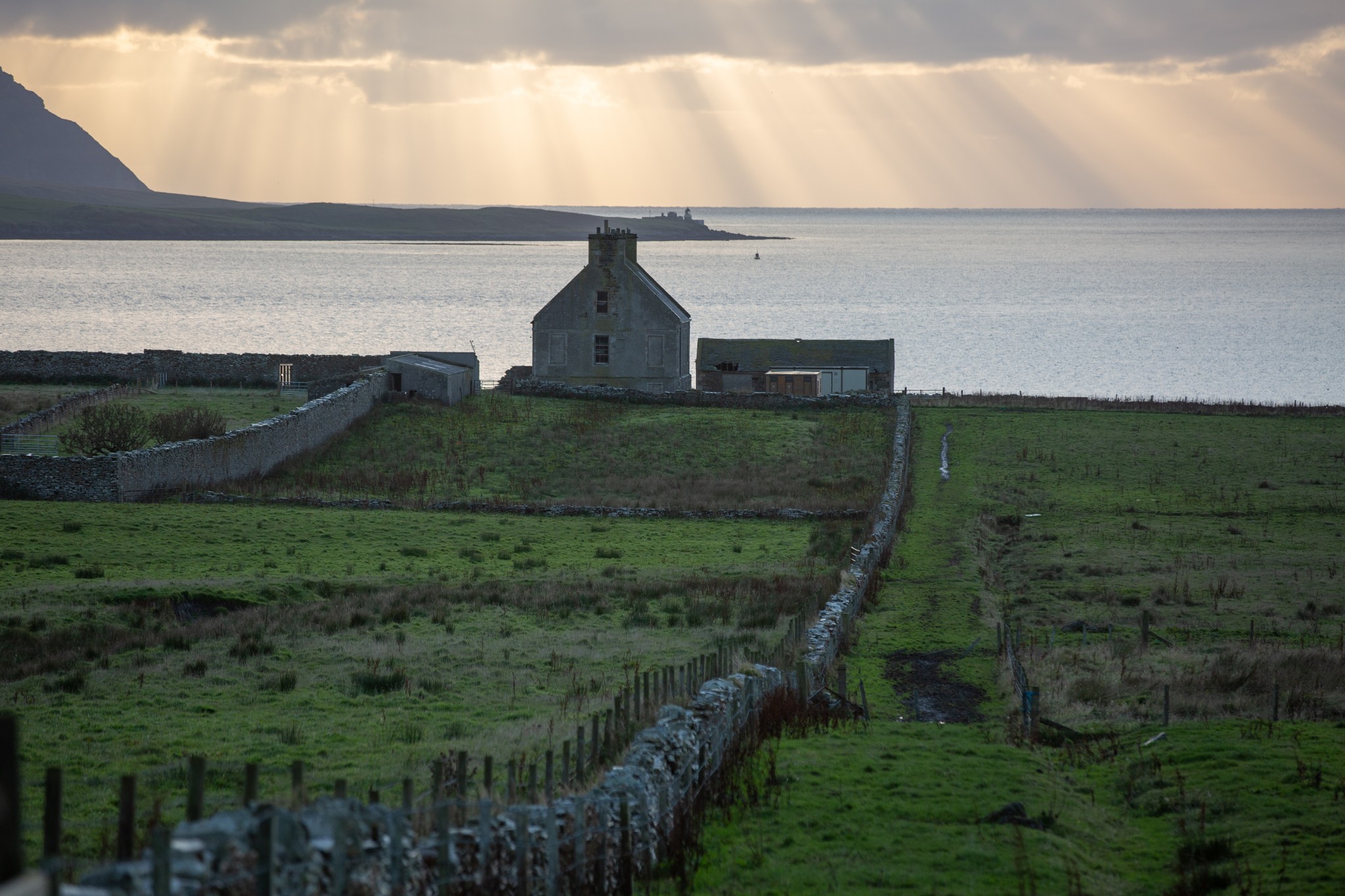
Thanks to funding by Stromness born businessman, Alan Twatt, the statue of Rae, which was designed by North Ronaldsay sculptor Ian Scott, was unveiled in 2013. Along with an exhibition in Stromness Museum and plans to restore his birthplace at Hall of Clestrian, the sculpture ensures the Orcadian’s legacy as one of Scotland's most important explorers is not only remembered but celebrated.
Susanne Arbuckle hosts the Adventures Around Scotland blog. You can also find her on Facebook, Instagram and Twitter.
The Promoting Orkney project has been part financed by the Scottish Government and the European Community Orkney LEADER 2014-2020
